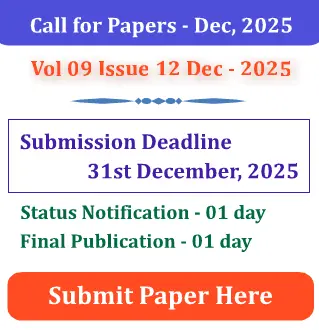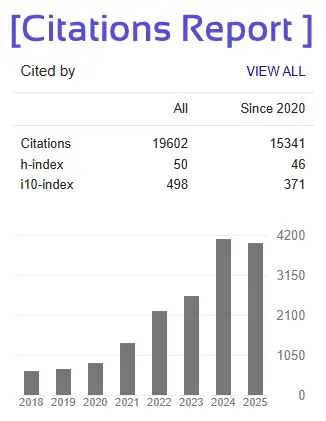Accelerating Image Classification Using Transfer Learning in PyTorch
Akhilesh Rajendra Shinde
Prof. Y.L. Puranik , Assistant Professor,
PES Modern College of Engineering,
Pune-5
Abstract:
Transfer Learning for Image Classification in PyTorch Transfer learning is a powerful technique for training deep learning models, especially for image classification tasks, when datasets are limited. This approach leverages a pre-trained model on a large dataset like ImageNet, and then adapts it to a new, smaller dataset for a specific classification task. extend this no extra heading Show drafts While transfer learning excels in overcoming limited datasets for image classification in PyTorch, its benefits extend further. Pre-trained models on massive datasets like ImageNet capture generic image features, acting as a strong foundation for new tasks. This translates to: Faster Training: By leveraging pre-trained weights, especially for early layers, training becomes significantly faster compared to training from scratch. Improved Performance: Fine-tuning pre-trained models on smaller datasets often leads to superior performance compared to training a new model entirely. This reduces the risk of overfitting and leverages the power of learned features. Efficient Model Development: Transfer learning allows developing image classification models for specific tasks even with limited data. This frees researchers from training from scratch, accelerating the development process. PyTorch offers a user-friendly environment for implementing transfer learning: Pre- trained Model Selection: Choose a pre- trained model (ResNet, VGG, EfficientNet) from PyTorch's torchvision library based on factors like dataset size and desired accuracy. Feature Extraction & Fine-tuning: Freeze the pre-trained model's feature extractor (early layers) to retain generic features. Replace the classifier (final layers) with new ones specific to the new dataset's number of classes. Train these new layers on the smaller dataset. Fine-tuning Strategies: Depending on dataset complexity, techniques like unfreezing a few layers closer to the classifier can be used for further performance gains.







